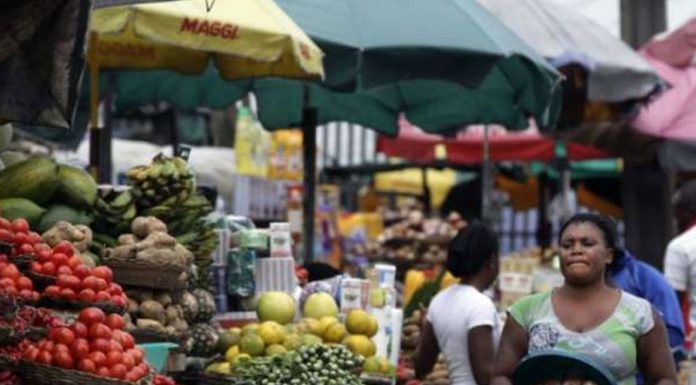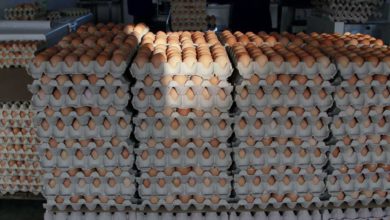
Global Food Prices Rise in October, Says FAO
- The Food Price Index of the Food and Agriculture Organisation (FAO) has shown that global food prices rose for the first time in five months.
The Food Price Index of the Food and Agriculture Organisation (FAO) has shown that global food prices rose for the first time in five months.
The report showed that international quotations for sugar and key cereals increased significantly.
The measure, which tracks monthly changes in the international prices of commonly traded food commodities, was released by FAO recently for the month of October.
The FAO Food Price Index, averaged 172.7 points in October, some 1.7 percent higher than the previous month and 6.0 percent higher than during October 2018.
It consisted of the average of five commodity group price indices.
The report showed that, “The FAO Cereal Price Index rose by 4.2 per cent during the month, as wheat and maize export prices moved up sharply on the back of reduced crop prospects in several major producing countries and robust trade activity. By contrast, rice prices slipped, driven by subdued demand and prospects of an abundant basmati harvest.
“The FAO Sugar Price Index increased by 5.8 percent in October amid expectations of much tighter supplies in the year ahead, due mainly to the anticipated large reductions in sugar output in India and Thailand; the world’s largest sugar producer and largest sugar exporter, respectively.”
Meanwhile, the FAO Vegetable Oil Price index also rose, increasing 0.5 percent to reach its highest level in more than a year. Palm oil quotations nudged up by new biodiesel mandates in Indonesia as well as firm import demand and expected slowdown in output growth, while those for sunflower oil fell in the wake of bumper harvests in the Black Sea region.
“The FAO Meat Price Index rose 0.9 per cent, driven by higher import demand for bovine and ovine meats, especially from China. Pig meat prices rose moderately, while those of poultry meat declined due to increased export availabilities.
“The FAO Dairy Price Index declined by 0.7 percent in October, as notably lower price quotations for cheese more than offset increases in those for skim and whole milk powders,” the statement added.
Specifically, worldwide coarse grain production in 2019 is expected to increase by 1.2 percent to 1 425 million tonnes, while that of wheat is anticipated to grow by 4.5 percent to a record level of 765 million tonnes. The forecast for global rice production is pegged at 513.4 million tonnes, slightly below last year’s level.



